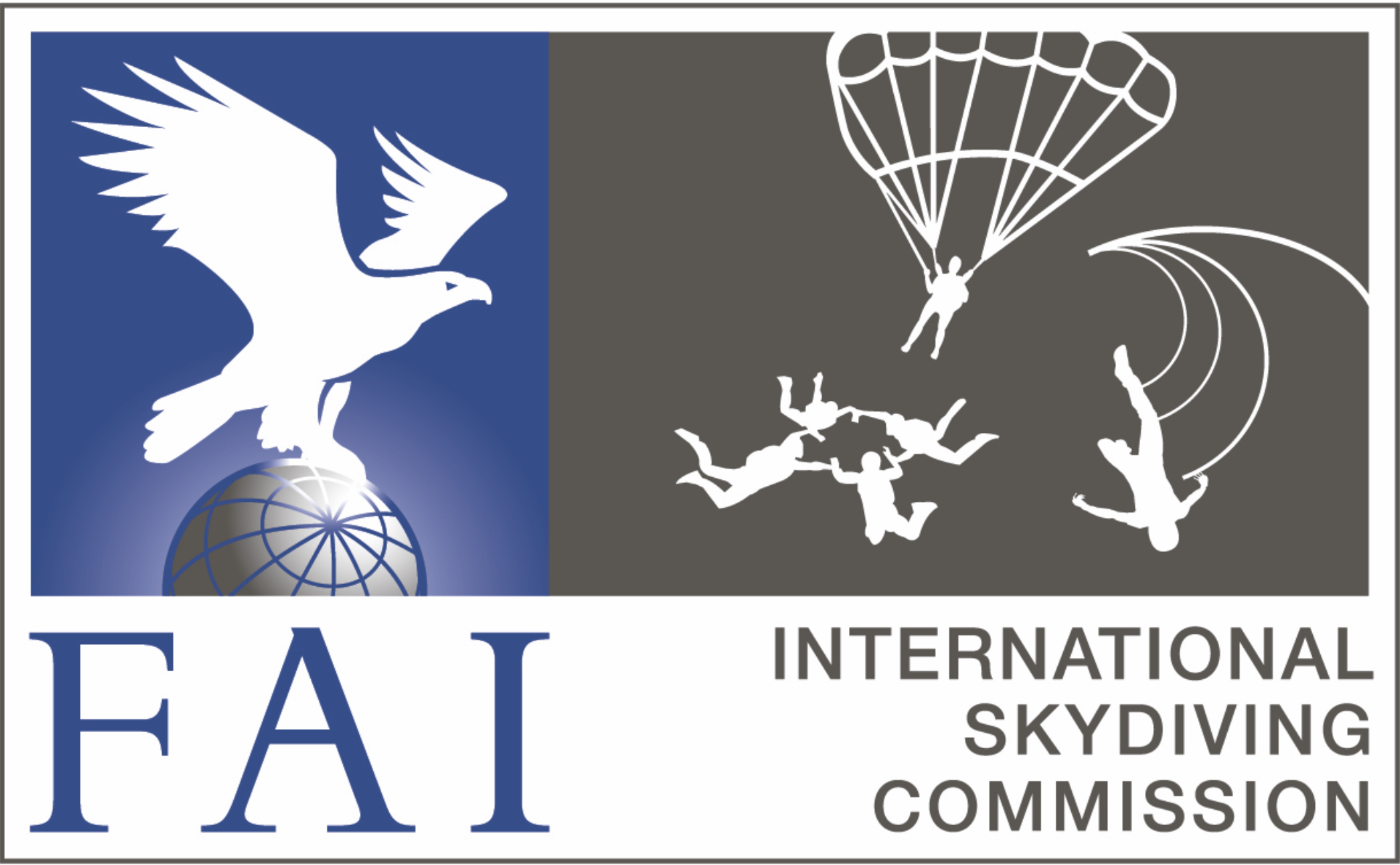
FAI Skydiving Commission (ISC)
Our Sport
The origins of parachuting go back a long way. The first well-documented parachute jump is considered to have been performed by Frenchman Jacques Garnerin, who jumped from his balloon on 22 October 1797 in Paris, from an altitude of some 600 m.
Throughout the 19th century, these jumps remained spectacles that fitted perfectly into the programmes of the frequent aerial festivals, at which dare-devil balloonists tried to outdo one another’s stunts, to the great delight of the onlookers.
Some time later, very soon after the advent of the aeroplane, experimental parachute jumps were executed from heavier-than-air machines. Then, after the First World War, the invention of the manual ripcord enabled American Leslie Irvin to make the first freefall jump, on April 28 1919 at McCook Field in Ohio.
The USSR was the leader in the field of parachuting as a sport in its early days. In the 1930s, competitions for landing accuracy were already being organised on Soviet territory, and many training units were being developed. As can be imagined, the War boosted even further the “popularity” of the parachute, which was widely used from 1939 to 1945, both as a safety device and as a military tool. It was no doubt this dimension – anything but sportsmanlike – that incited the FAI to set the discipline aside when it resumed its activities in 1946.
In 1951, the FAI approved its first parachuting records. They were set by a French woman, Monique Laroche, making the highest jump with “delayed opening” from 4,235 m and a freefall of 3,622 m. By the following year, Soviet parachutist Seliverstova had attained a distance of 8,326 m in freefall, proving that women were in the forefront in this new sport. 1951 also saw the first world parachuting championships taking place in Lesce-Bled, thanks to the pioneering efforts of the Aero-Club of Yugoslavia. Since then, world championships have been organised every year, with the disciplines alternating.
The ISC Competition Committees
Except for the publication of press releases and statistical information, all findings, reports, recommendations and proposals of the ISC Competition Committees shall be presented to the Plenary Meeting, which shall decide on their use, distribution or publication. Each ISC Competition Committee shall engage in and be responsible for:
- Competition Rules for its event
- Advising Organisers and potential Organisers of World Championships and World Cups in its event
- Advising the Bureau on the selection of the FAI Controller for a World Championship and World Cups in its event
- Soliciting bids for future World Championships and World Cups in its event
- Analysing results and experiences from the above competitions so as to recommend changes where necessary
